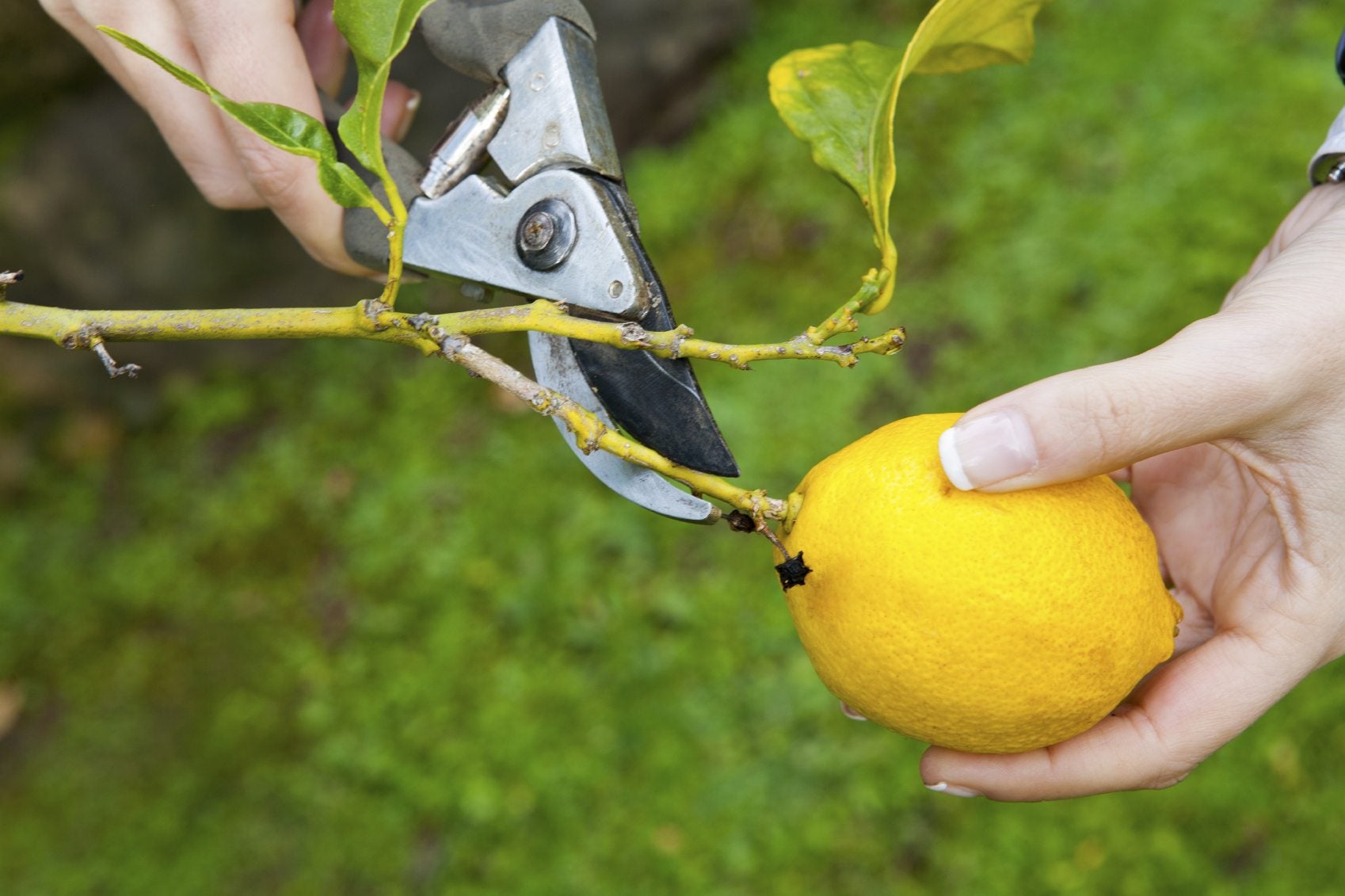Lemon trees bring the zest of the Mediterranean to NYC balconies, rooftops, and small urban yards. Proper pruning is key to keeping them healthy and manageable and producing those delicious citrus fruits. Here’s your Manhattan guide to lemon tree pruning:
Why Prune Your Lemon Tree?
- Shape and Size Control: Lemon trees can become unruly. Pruning keeps them fitting their designated space.
- Sunlight and Airflow: A well-pruned tree allows sunlight to penetrate the canopy and air to circulate, reducing disease risk and encouraging better flowering.
- Fruit Production: Removing unproductive branches directs the tree’s energy into producing higher-quality fruit.
- Health: Pruning out dead, diseased, or crossing branches keeps your tree healthy and strong.

Best Time to Prune in NYC
- Main Pruning: Prune in late winter or early spring, after the last frost risk but before new growth begins.
- Light Maintenance Pruning: Dead or broken branches can be removed at any time of year.
Tools You’ll Need
- Sharp Pruning Shears: Essential for clean cuts that heal quickly.
- Loppers: For thicker branches.
- Gloves: To protect your hands from thorns.
- Disinfectant: Clean your tools with rubbing alcohol before and after pruning to prevent disease spread.
Step-by-Step Pruning Guide
- Remove “Suckers”: These are vigorous shoots growing from the base of the trunk or below the graft union.
- Dead, Diseased, or Crossing Branches: Remove them entirely, cutting back to the branch collar (the swollen area where the branch meets the trunk).
- Shape Control: Selectively prune branches to maintain the desired shape. Aim for an open, vase-like structure to maximize sunlight exposure and improve fruit production.
- Fruiting Growth: Shorten overly long, leggy shoots to encourage side branches and a bushier structure more conducive to fruit production.
NYC-Specific Tips
- Containerized Trees: Trees in containers may need more frequent pruning to maintain their size and shape within space constraints.
- Indoor Overwintering: If you move your lemon tree indoors during winter, light pruning after fruiting before you bring it inside can reduce its overall size for easier management.
- Limited Light: If your lemon tree receives less than optimal sunlight, be extra diligent about pruning to improve airflow and avoid overcrowding.
Common Pruning Mistakes to Avoid
- Over-pruning: Don’t remove more than 1/3 of the canopy at a time. This stresses the tree.
- Leaving Stubs: Always cut branches back flush with the branch collar. Stubs don’t heal well and invite disease.
- Neglecting Pruning: Regular pruning promotes healthier growth and better long-term fruit production.

